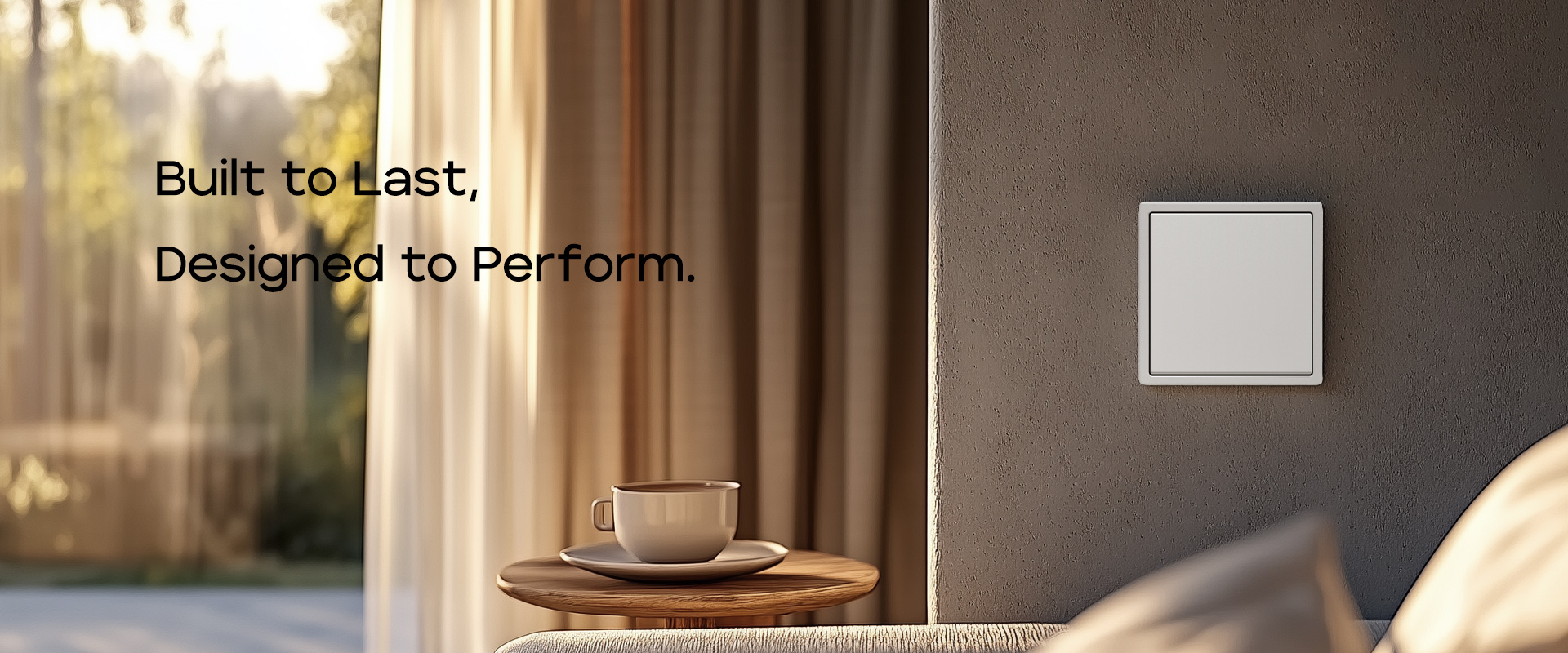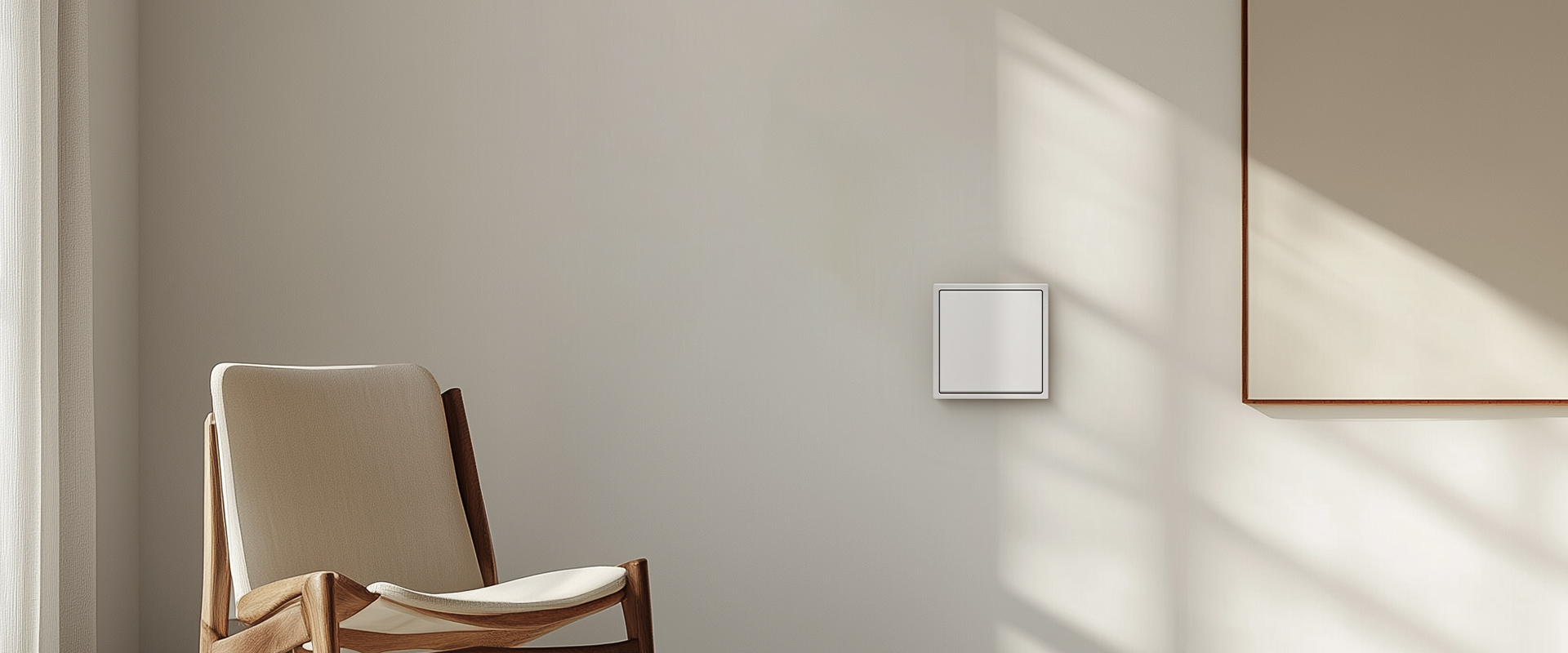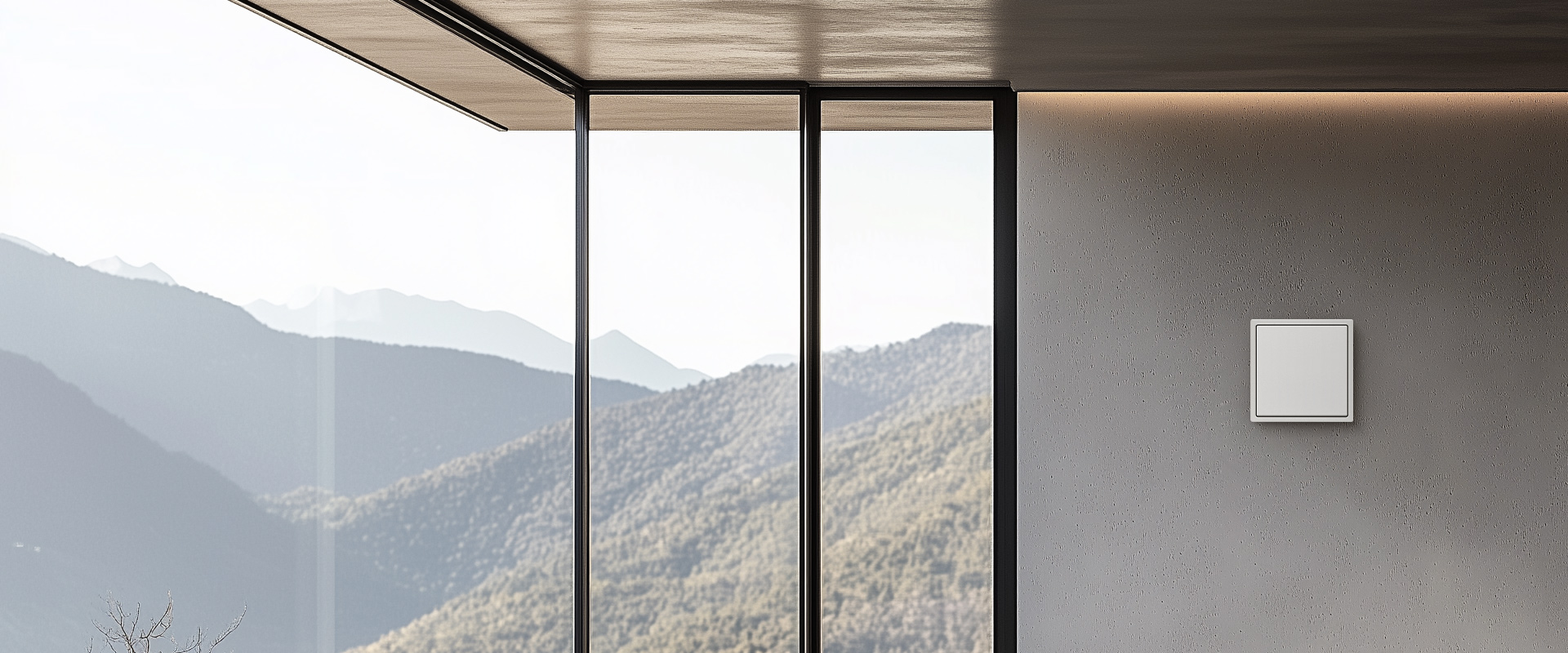In a world quickly moving toward automation, touch interfaces, and wireless control, one might assume that traditional mechanical switch sockets are relics of the past. However, in many European homes, offices, schools, and commercial buildings, these classic components continue to play a vital role. Their persistent popularity is no coincidence. The enduring appeal lies in their reliability, ease of use, and long-term cost-effectiveness. This article explores six compelling reasons why EU mechanical switch sockets remain a staple in both residential and industrial environments, demonstrating how practicality often outshines novelty when it comes to infrastructure.
Mechanical switches are celebrated for their durability. Unlike electronic switches that depend on microchips and sensors, mechanical switches operate via simple physical contact mechanisms—usually involving a spring-loaded rocker or push-button. This makes them inherently less prone to software glitches, power surges, or programming errors.
In real-world terms, this reliability translates into long service life. Mechanical switch sockets often remain functional after years—even decades—of daily use. Schools, for instance, rely heavily on mechanical switches due to the sheer frequency of use across classrooms, halls, and communal areas. The lower failure rate ensures that facilities management teams spend less time and budget on repairs or replacements.
Beyond their impressive durability, mechanical switches also prove resilient under repetitive stress conditions. In many commercial buildings, such as airports, office towers, and schools, switches are used hundreds of times per day. Over time, many electronic switches may become unresponsive due to contact fatigue or sensor degradation. In contrast, mechanical switches utilize fewer electronic parts and instead rely on well-calibrated physical springs and contacts, which can endure millions of operations without failure.
Their reliability extends to climates with temperature extremes, such as mountainous regions or coastal areas with saline air. While electronic components often struggle under fluctuating humidity and temperature, mechanical switches are less sensitive to environmental shifts. This makes them especially useful in warehouses, industrial plants, and rural settings where harsh conditions are commonplace.
Notably, many European heritage buildings still use original mechanical switches installed decades ago, which continue to function seamlessly—a testament to their engineering integrity. This longevity supports sustainability efforts as well, reducing electronic waste and the environmental cost of frequent replacements.

Perhaps one of the most underrated yet vital features of mechanical switches is their ability to function without electricity. Since their activation is purely mechanical, they can be toggled even when there’s a power outage. This characteristic is invaluable in emergency settings, especially in facilities that prioritize safety protocols, such as hospitals, stairwells, or underground parking garages.
This independence also contributes to energy conservation. Mechanical switches do not draw standby power, unlike certain electronic or sensor-based models that require a continuous current for operation or connectivity.
In rural homes, temporary shelters, or mobile structures where constant electricity cannot be guaranteed, mechanical switches offer a simple yet effective solution. Their autonomy ensures core functions are maintained regardless of power supply conditions, making them a staple in disaster relief and off-grid construction.
Mechanical switches are significantly more cost-effective compared to touch-sensitive or smart switch systems. The reasons are multifaceted. For one, they are less complex to manufacture—there’s no embedded software, no WiFi/Bluetooth modules, and no capacitive sensing technology. Secondly, they are easier to maintain and replace, requiring no specialized knowledge or configuration.
These numbers become especially significant in large-scale applications such as hotels, apartment complexes, or public infrastructure projects. When hundreds—or even thousands—of switches are installed, the savings in material and labor costs add up substantially. Furthermore, since mechanical switches rarely become technologically obsolete, they do not require costly updates or replacements driven by changing software platforms.
| Parameter | Mechanical Switch | Smart Switch |
|---|---|---|
| Power Requirement | None | Requires Electricity |
| Durability | 10–20 Years | 3–5 Years |
| Installation | Simple | Requires Configuration |
| Cost | Low | Medium to High |

Unlike smart switches, which often demand compatible electrical systems, app integration, or even dedicated hubs, mechanical switch sockets can be installed with ease into almost any setup. For retrofit projects—such as upgrading an old apartment, renovating an office, or reconfiguring retail layouts—mechanical switches are often the quickest and most compatible solution.
They’re also extremely DIY-friendly. Homeowners with basic tools and a fundamental understanding of wiring can often install or replace a mechanical switch in under 20 minutes. For contractors and electricians, this ease of installation translates into quicker project turnarounds, allowing them to manage more jobs without sacrificing quality.
In commercial settings, time is money. A switch that takes an hour to configure digitally is far more disruptive than one that can be physically installed and tested in 10 minutes. Mechanical switches not only reduce labor costs, but also minimize interruptions to business or residential routines during renovations.
Mechanical switch sockets are designed to perform under challenging environmental conditions. Many models in the EU market feature robust casings, sealed contacts, and corrosion-resistant materials. These features make them particularly effective in environments where dust, humidity, and temperature changes are prevalent.
Mechanical switches often carry an IP (Ingress Protection) rating, indicating their ability to resist solid particles and water ingress. Unlike touchscreen panels or voice-activated systems, which are more delicate and often require climate-controlled conditions, mechanical switches are tried-and-tested across a broader range of settings.
Construction sites, agricultural facilities, marine environments, and even roadside control panels benefit from using mechanical switches. Their resilience ensures functionality in the face of debris, chemical exposure, and mechanical shocks—conditions that would damage or disable most smart electronics.

While touch-based interfaces offer sleek aesthetics, they often lack the one quality that ensures certainty: tactile feedback. Mechanical switches offer a clear, physical confirmation through a "click" or snap sensation, allowing users to know the exact moment a connection has been made. This reduces uncertainty, especially in low-visibility conditions or situations where speed matters.
Consider elderly individuals or those with visual impairments. For them, the ability to feel a physical switch is far more intuitive and practical than relying on capacitive sensors or screen-based interfaces. Even in day-to-day scenarios—like entering a room with groceries in hand—the ability to quickly locate and operate a switch without looking offers unmatched convenience.
Unlike touch-sensitive panels, which may activate from accidental contact, mechanical switches require deliberate action. This ensures higher operational accuracy, especially in environments with children or pets where accidental brushing against surfaces is common.
Despite the influx of intelligent systems and digital controls, mechanical switch sockets have not lost their relevance—in fact, they continue to thrive where simplicity, durability, and user confidence are paramount. Their ongoing popularity in the EU stems from practical advantages: long service life, ease of installation, environmental resistance, and clear user feedback.
For those seeking a dependable yet straightforward solution, MVAVA delivers a wide range of EU mechanical switch sockets tailored for both modern design and traditional dependability. With aesthetics that complement any interior and functionality that stands the test of time, MVAVA combines the best of both worlds.